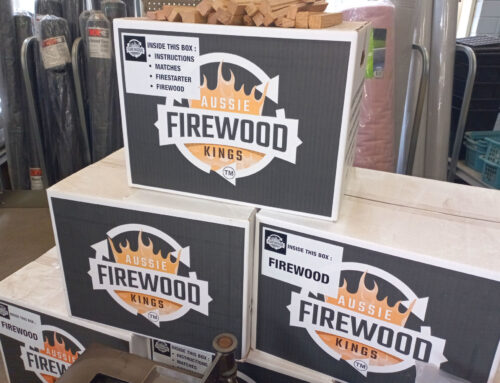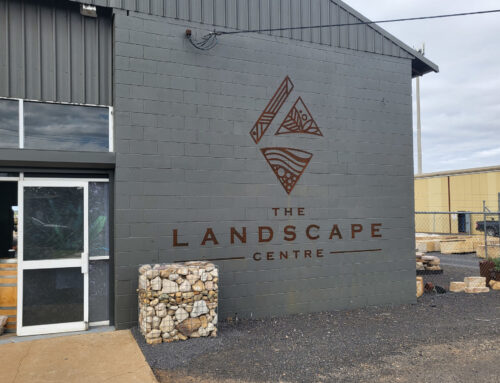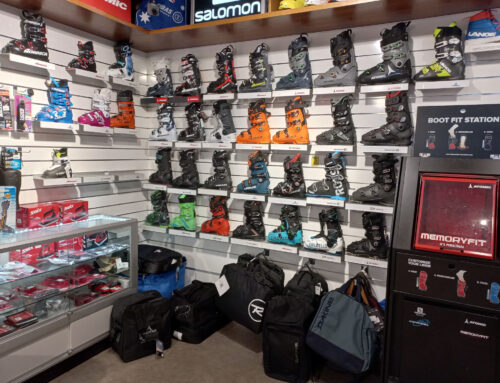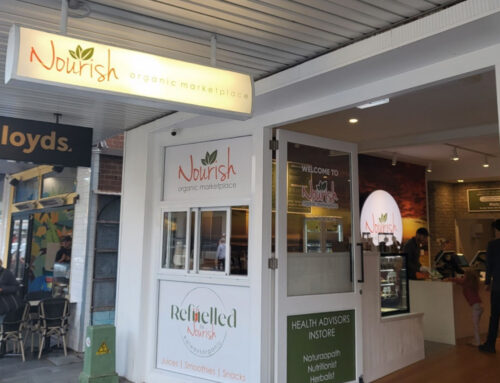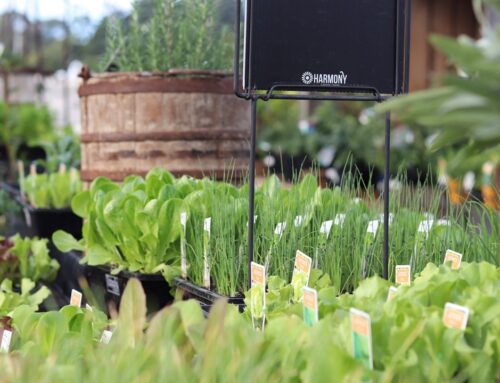Customer special orders are those products that your customers wish to purchase, but you don’t have in stock and need to order in for them.
Special ordering was once considered normal retailing behaviour. However in the race to streamline and simplify operations many retailers don’t bother. Or if they allow it they don’t actively promote the service. That’s a shame because it provides you with an unfair advantage over your competition. Here’s why…
The importance of customer special orders in modern retailing
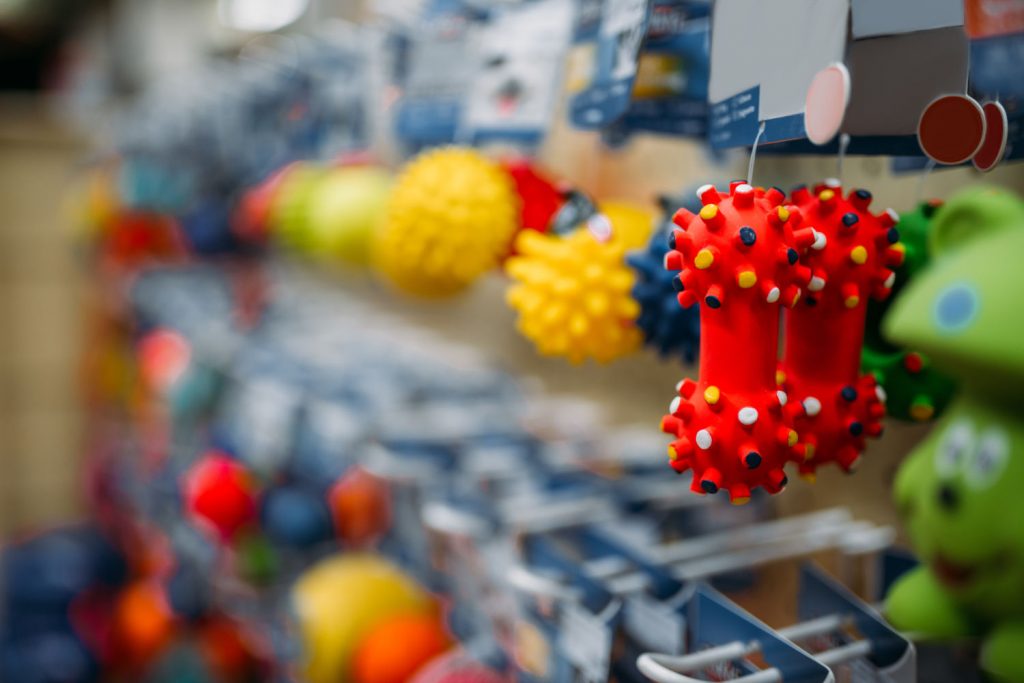
Despite the growth of e-commerce, very few (if any) online retailers take special orders. If it’s not on their catalogue today, it’s not available ever. E-Commerce websites tend to have a take it or leave it approach to selling. Big box and chain stores are similar, where head office decides the product range and control store’s purchasing decisions. Head office might also be in a different state, or even different country, and is often out of touch with local community needs.
This gives an independent retailer like yourself an amazing advantage! If you can provide a point of difference to your bigger competitors you are more likely to attract and retain customers.
By offering a special order service for customers you achieve greater loyalty and return visitors. Customers feel confident shopping with you knowing you are there to help. You can deliver such a service both efficiently and effectively through your POS software.
What to look for in a special order system
That large customer order notebook on your counter won’t cut it any more. We’ve seen it fail out in the real world: orders get lost or forget to be ordered. This is especially true once a customer request falls a few pages behind. You need to explore options in your Point of Sale system for taking and tracking orders.
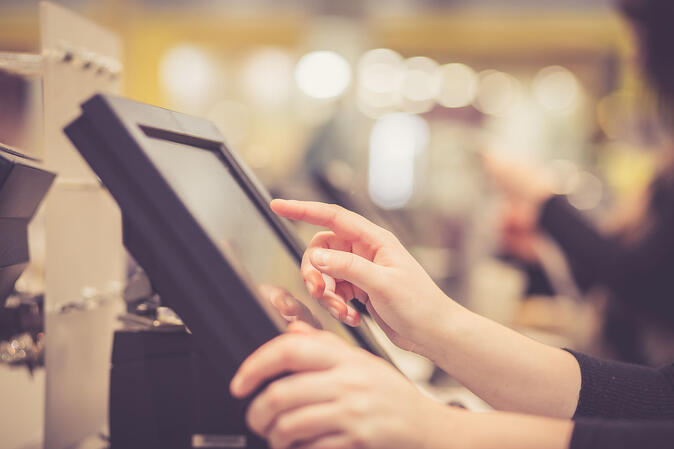
Key features to look for are:
- Ability to handle new-to-store products: Can you take an order for something not in your inventory? This could be as simple as taking a description (that your staff type in at the POS) as a placeholder for a product, which can be changed to an actual product once entered in to your database.
- Deposits: We’ve found many retailers will take a 20% deposit for an order, or even 100%. It depends on how many customers change their mind once you bring in their item. A deposit is particularly good for products that may be difficult to sell or return to your supplier if your customer changes their mind.
- Order tracking screen: a dashboard or status screen is invaluable to keep track of what items customers have requested, and what state they are in: entered, purchase ordered, arrived, and completed. The ability to add extra notes is valuable such as progress notes tracking down the product or notes about contacting the customer for pickup.
- Automatic ordering: Integrating your special orders to your purchasing function is a big time saver and reduces the chance of error. When creating purchase orders to suppliers you want to automatically include any items required to fulfil special orders. Ideally these will be highlighted in a way that they stand out and you won’t be tempted to remove them from the purchase order.
- Goods arrival alerts: When goods arrive and you apply the purchase invoice, an alert should pop up. This lets you know the product is to be put aside for a customer. You don’t want risk somebody else picking it up before your customer comes to collect! You may also have a portable computer or stocktake scanner that is used to scan incoming goods. This could raise visual and audible alerts for items to be put aside. Doing so doubly ensures that customer special orders are put aside for safe keeping.
- Labelling of orders: You will want to sticker or label the goods in some way so you know which item is allocated to what person. That way your holding bay isn’t a collection of random products with no clear purpose. Your POS might be able to automatically print stickers printed with customer details such as their name and phone number. This makes it easy for a staff member to work through the holding bay of arrived products and contact customers for collection.
- Near miss notifications: Perhaps a customer ordered a specific item and you could only source it in a slightly different colour or size. An alerting system to these “near misses” helps identify and resolve substitution requests automatically.
Univex retail software has all of this and more to supercharge your special ordering service and automate a lot of the work for you.
Getting started with customer special orders
First check if your POS has any functionality. If not, it may be a sign it is time to upgrade your POS.
Set it the special order system by reaching out to your POS vendor for help doing this. A good POS system has a great support team behind it, willing to help you get the most out of the technology.
Most importantly, promote the facility! Not everyone will take it up straight away, but you want to make sure people are aware:
- In conversation: Staff can proactively offer to order products in. This requires a a little education and training of staff on how to use the facility.
- At the front counter: A sign at the counter, or a message on receipts, which says if you need it it, we’ll get it in for you!
- On your web site: Nobody does this but it could make all the difference. Have some messaging around catalogues and products with a way for customers to reach out and ask for help. This could be a message form, phone number, or online chat. You’ll really stand out from your competitors if you are the only online store in your market that is actively promoting special orders and human-to-human customer service.
- Digital marketing: Mention your special ordering service in your email Newsletter, Facebook, Instagram, and other marketing channels you already use.
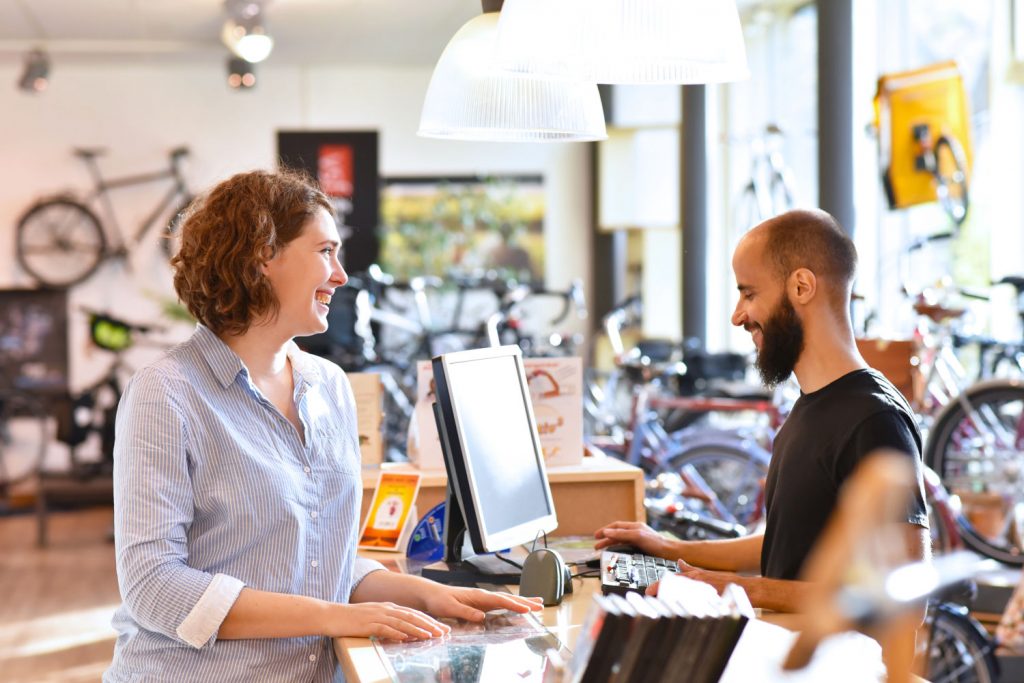
Wrap up
In this short guide we’ve explained how customer special orders can give you an unfair advantage over e-commerce, big-box and chain stores. By exploiting functionality in your POS system you can streamline a special ordering function and never lose track of who ordered what and where things are at.
All you need to do now is call up your POS provider and ask how to get started. If you are already taking orders you might want to look at the efficiency of that operation. You could ask your POS helpdesk about any new features to help you make things run even smoother for your staff, so that you can focus the bigger things in your business.


